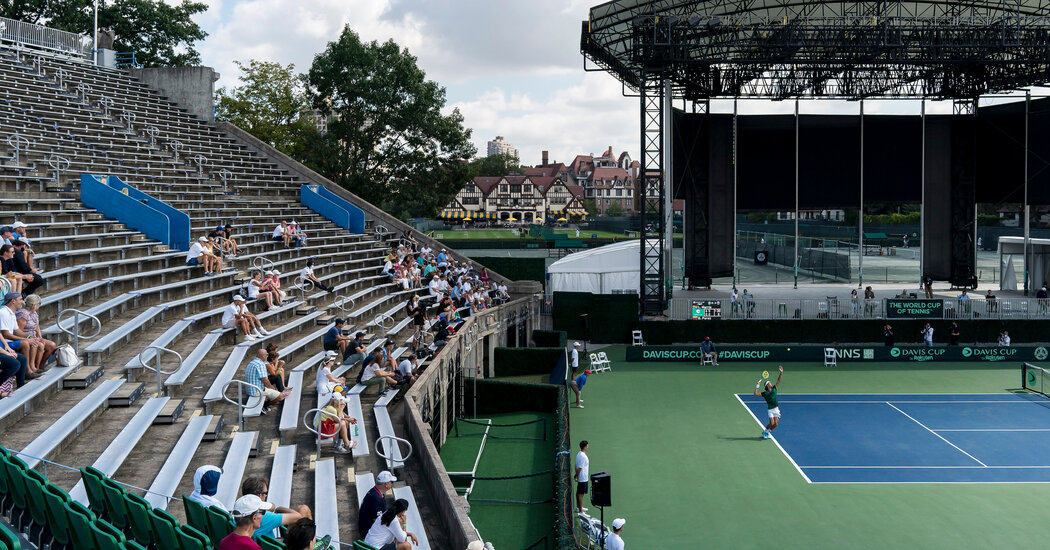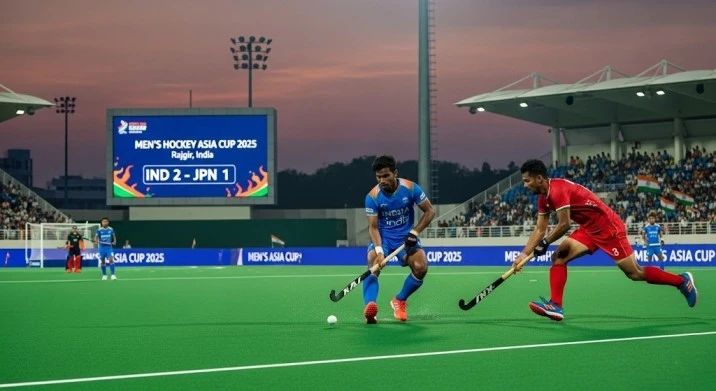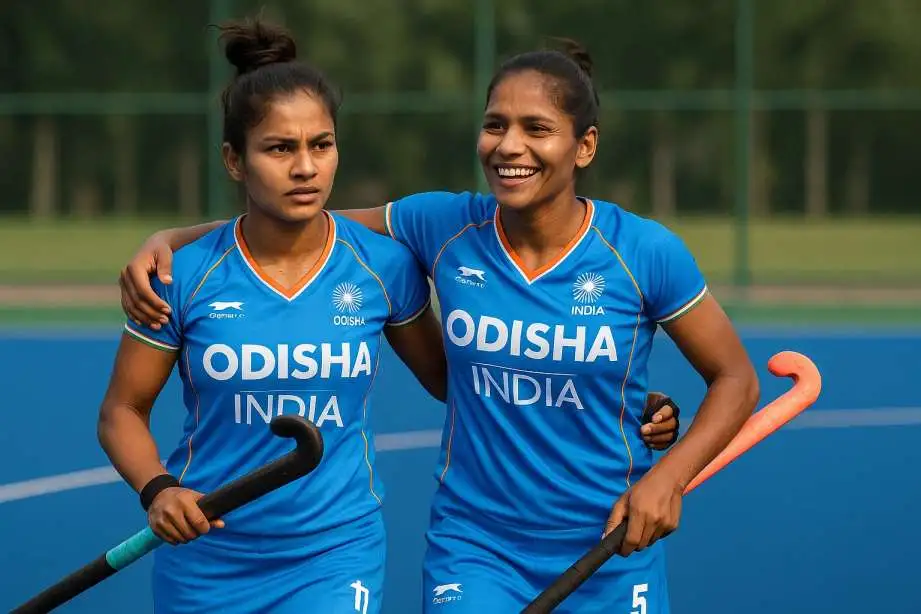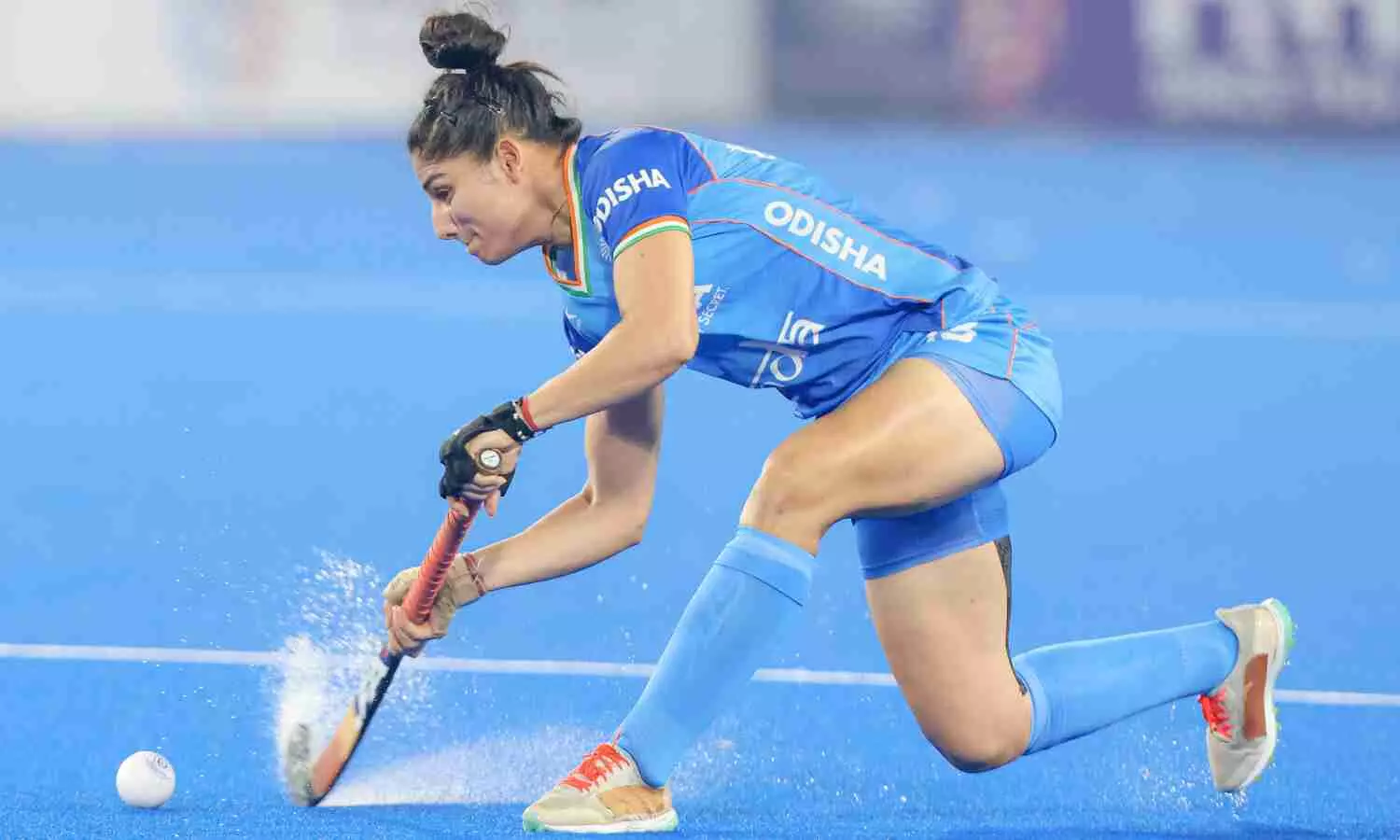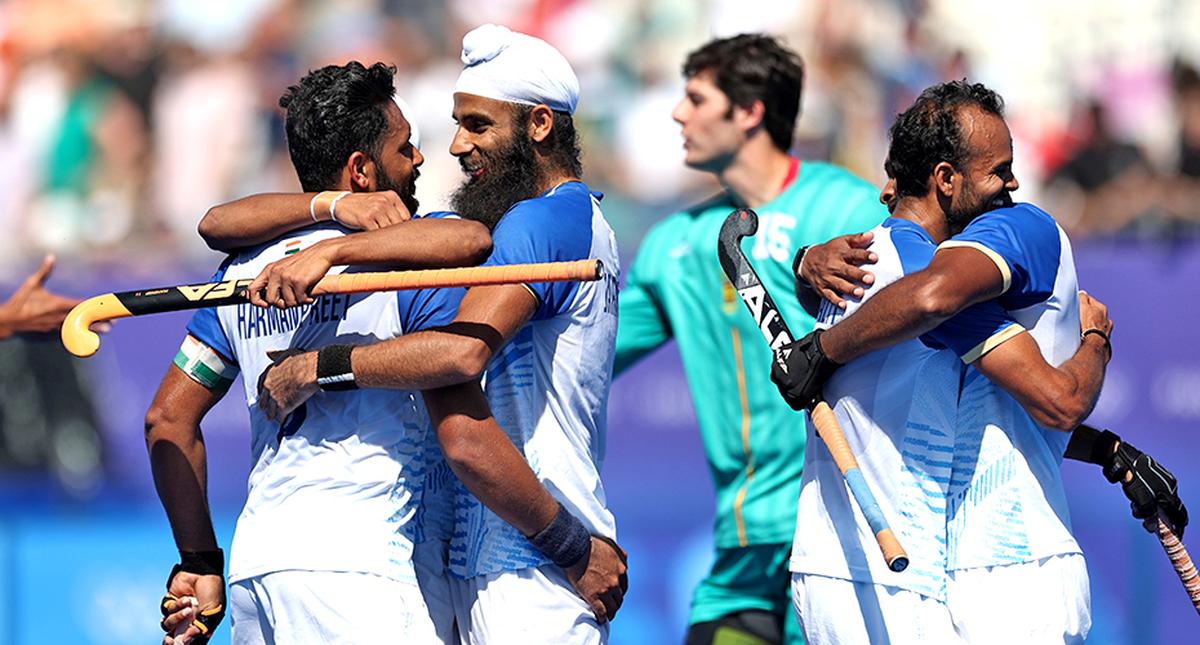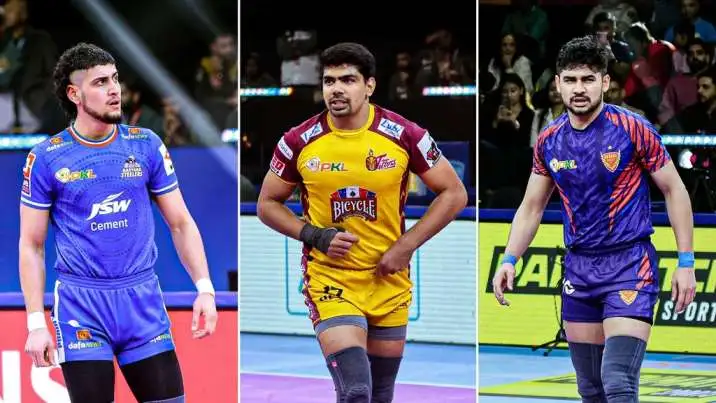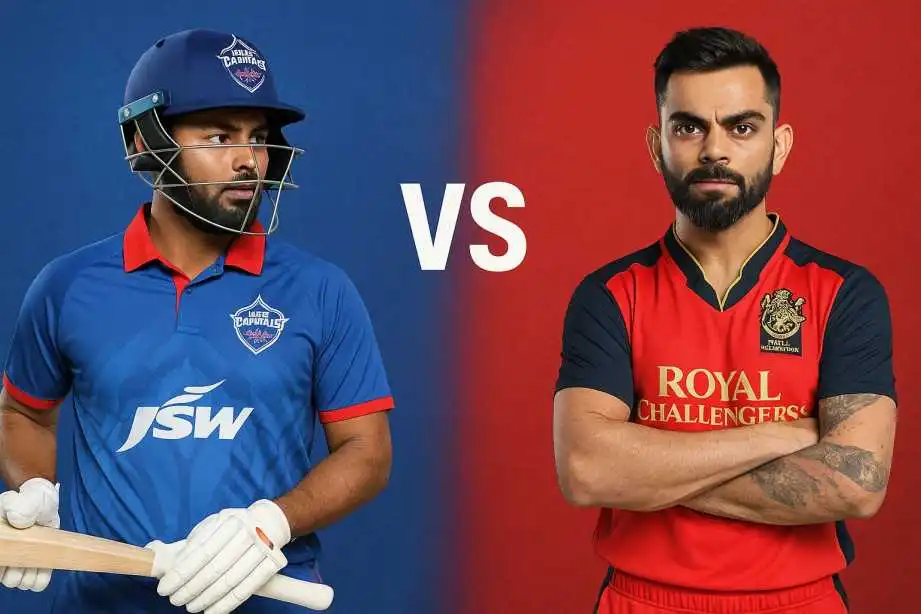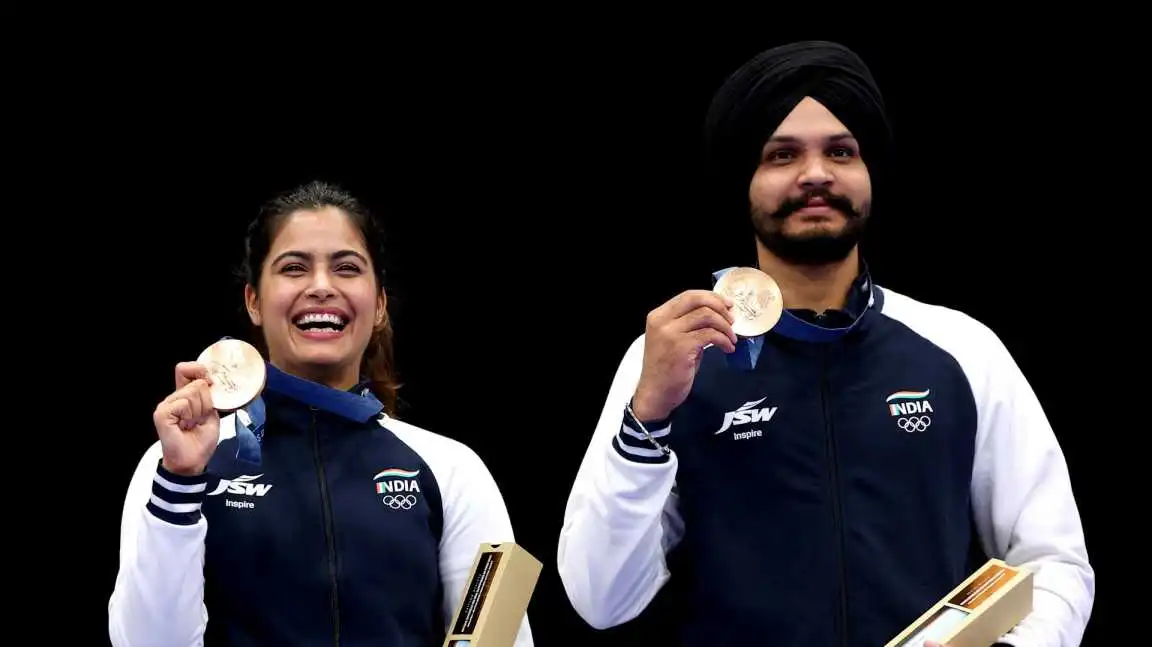A Davis Cup tie between South Africa and Venezuela is being held in front of a small group of fans at the West Side Tennis Club — the first Davis Cup action there since 1959.
A week has passed since the United States Open electrified the tennis world with its enchanting unpredictability and rejuvenated fan base. But unknown to many, top flight tennis lingered in New York City as the Davis Cup made a quiet and unusual return to the West Side Tennis Club.
Fewer than 200 lucky fans — all members of the venerable club — dotted the nearly century-old, 14,000-seat Forest Hills Stadium in Queens on Saturday to witness the first Davis Cup tie at the venue since 1959.
But the U.S. team was nowhere to be found.
Instead, South Africa hosted Venezuela — two teams in search of a home. They found it, tucked into the leafy Forest Hills neighborhood, once the home of the U.S. championships (later the U.S. Open), until the event moved three miles up the Grand Central Parkway to Flushing in 1978.
Ten days earlier, Lloyd Harris was there, playing in front of 20,000 fans at the U.S. Open. Saturday was entirely different. Yes, it had some of the pomp and circumstance of the Davis Cup — there was an opening ceremony with player introductions, flags and the national anthems of both countries, and team uniforms.
But the raucous and rowdy atmosphere sometimes associated with many Davis Cup ties, especially in South America, was decidedly absent, at least in the opening match.
“It’s a very unique situation, playing a tie between South Africa and Venezuela in New York,” Harris said. “But it’s pretty cool. It worked out well for me since I’ve been here the whole time. It was not too hard to travel four blocks.”
If the idea of two countries from different continents playing a Davis Cup tie in the ancestral home of American tennis seemed like a mismatch, so too was Harris’s first on-court encounter. He had no trouble dispatching Brandon Perez, Venezuela’s No. 2 player, 6-0, 6-0, in the first match of the two-day event (play resumes Sunday).
Perez is ranked 1,596th in the world and plays for the University of Nebraska. He knew weeks ago he would face Harris in the Davis Cup. Like many tennis fans, he watched Harris blaze through the summer season, scoring huge wins in a run that included beating Rafael Nadal in Washington before reaching the final eight in Flushing.
Then, after Harris lost to the semifinalist Alexander Zverev, he moved from an Intercontinental Hotel on the east side of Manhattan — one of the main U.S. Open player hotels — to one on the West side, where the South African team was headquartered. He spent the last 10 days recuperating, practicing and sightseeing with his girlfriend. They rented bikes and went over the Brooklyn Bridge and pedaled all around downtown and up to Central Park.
Harris, who is from Cape Town, has been in New York for a month — long enough to feel like a local.
“I’ve learned you’ve got to move fast and drink a lot of coffee,” he said, “and watch out for the cyclists rushing past you at 200 kilometers an hour. I nearly got run over by cyclists about 10 times already.”
Under normal conditions, Harris might have returned home to South Africa immediately after the U.S. Open. But South Africa has a high rate of coronavirus infections, making travel restrictions challenging for visitors and residents traveling back and forth. (Another tie was also held on neutral U.S. soil Friday and Saturday as New Zealand played South Korea at the Tennis Hall of Fame in Newport, R.I.).
Venezuela, meanwhile, has not been allowed to host Davis Cup matches since 2016 when the International Tennis Federation declared it unsafe for travel because of the political and economic situation.
“I’m still waiting for the opportunity to play at home in front of all my friends and family,” Perez said. “Until then, I’ve got my parents here and my girlfriend.”
In the second singles match on Saturday, Philip Henning of South Africa beat Venezuela’s Ricardo Rodriguez, 6-4, 6-4, as the small audience came to life on a sunny, breezy day that made at least one supporter from South Africa feel right at home.
“You’ve served up a perfect South African day,” said Gavin Crookes, the president of Tennis South Africa.
Venezuela was set to be the nominal host, but it allowed South Africa to take over the role, and bringing the West Side Tennis Club into play. Jason Weir-Smith, a former college and professional player from Johannesburg, is the tennis director at the club. Tennis South Africa reached out to him, and the club was eager to host.
“It was 60 years ago that the club last held a Davis Cup event,” Weir-Smith said. “It was important for us to get back on the map.”
It was also the first Davis Cup match anywhere in New York since 1981, when the U.S., with John McEnroe and Jimmy Connors, took on Ivan Lendl and Czechoslovakia in Flushing.
Tickets for this event were not available to the public because, according to Weir-Smith, the cost for permits, insurance and staff was prohibitive for Tennis South Africa, which would have been responsible for the costs as the host nation. Instead, only 200 club members were allowed into the venue, which is more than is sometimes on hand for challenger events and college matches.
The tie is being held on a blue hard court that was refurbished in July specifically for the Davis Cup tie.
Monika Jain, the president of the West Side club, was one of the spectators on hand Saturday. She watched from metal benches after playing a round of tennis on one of the club’s many grass, clay and hard courts.
“It’s very exciting for us to be able to have this event here,” Jain said. “With our proximity to the U.S. Open, we think we can do more of this in the future.”
The West Side Tennis Club, with its iconic Tudor clubhouse, was host to the U.S. championships from 1915 to 1977 and saw some of the sport’s greatest players, including Bill Tilden, Arthur Ashe, Jimmy Connors, Althea Gibson, Billie Jean King and Chris Evert win titles.
It represents a different era in professional tennis, when the game was dominated by international elites. This weekend, though, it served as a temporary landing spot for some of tennis’s temporary homeless.
“We would love to play in front of our people, but unfortunately we haven’t had that chance the last several years,” Rodriguez said. “On the other hand, playing at such a historic venue is very special for me. You feel the history and the great moments that happened here. To be a little part of the new history makes me proud.”

